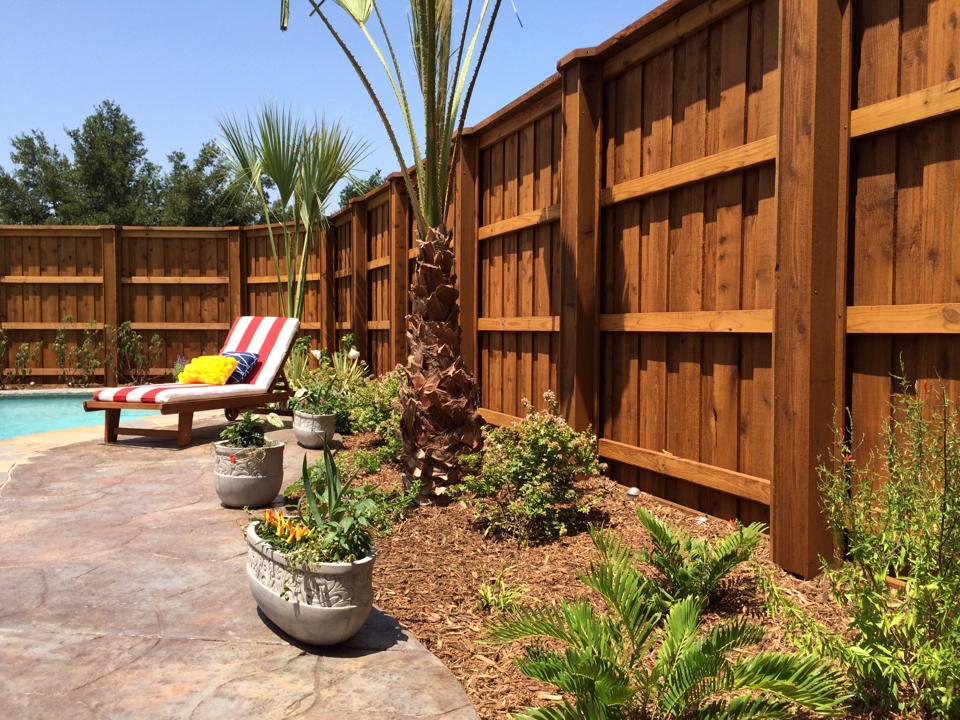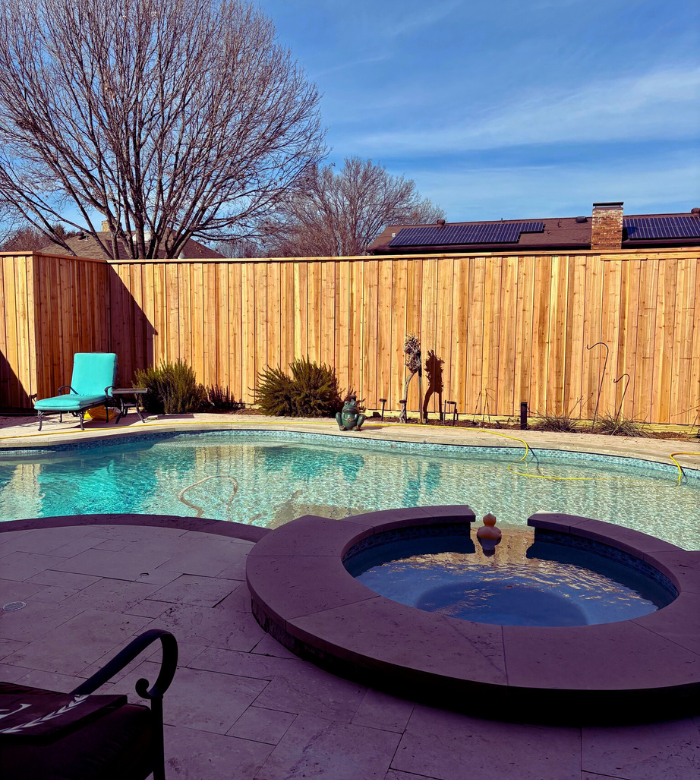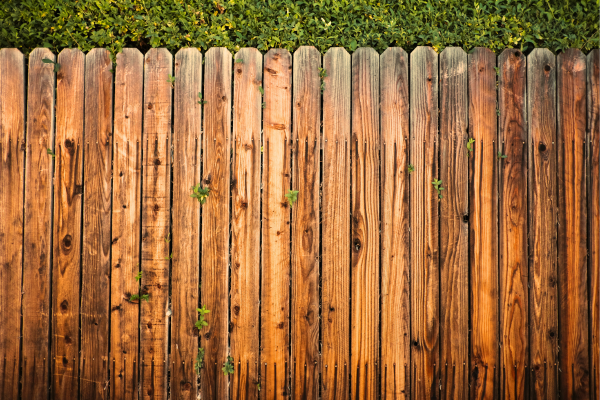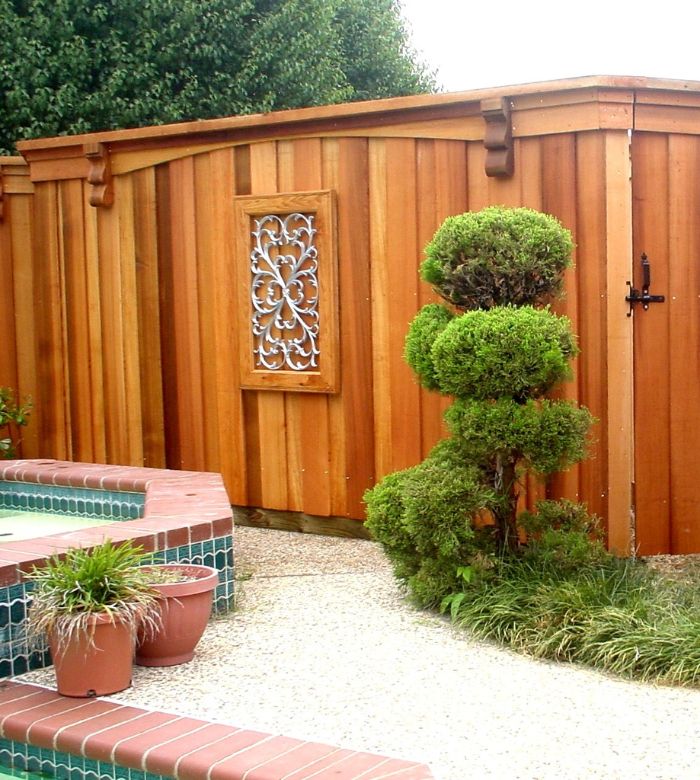At Hancock Fence, we know how important it is to protect your investment while enhancing your property’s curb appeal. One of the most common questions we get from homeowners is whether they should stain or paint their wood fence. While both options have their merits, staining is often the superior choice for long-term durability and natural beauty. That said, there are situations where painting your fence might make sense, too.
The Advantages of Staining Your Fence
1. Longer-Lasting Protection
Stain penetrates deep into the wood, helping to protect it from the inside out. Unlike paint, which forms a layer on top, stain allows the wood to breathe and naturally repel moisture, reducing the chances of rot, warping, and mildew.
2. No Peeling or Chipping
Paint tends to crack, peel, and chip over time—especially in extreme weather. Stain, on the other hand, fades more evenly and is much easier to maintain. When it’s time to refresh it, you can simply clean and reapply—no scraping or sanding required.
3. Enhances Natural Wood Grain
One of the biggest aesthetic benefits of staining is that it brings out the wood’s natural beauty. If you’ve invested in a cedar or pressure-treated pine fence, why cover it up? Stain gives you a warm, organic look that paint can’t match.
4. Lower Long-Term Maintenance
Although both paint and stain will need to be reapplied eventually, stain typically requires less maintenance and effort. High-quality oil-based stains can last 3–5 years or more with proper care.
The Downsides of Painting a Wood Fence
While paint can be a quick solution, it comes with a few downsides that homeowners should be aware of:
- Higher maintenance: Paint can peel, blister, or flake, especially in humid or wet climates like we often see here in [Your Local Area].
- Traps moisture: If not applied properly with a good primer and sealant, paint can lock in moisture, leading to rot over time.
- Time-consuming touch-ups: Repainting requires more preparation, including scraping, sanding, and priming.
When Painting Might Be the Right Choice
There are a few cases where painting a wood fence might actually make sense:
- You want bold, solid color: Paint offers more color options and can help match your home’s exterior.
- You’re covering up imperfections: If your fence is older or has uneven coloring or patched areas, paint can provide a more uniform look.
- You’re okay with more upkeep: If you don’t mind occasional maintenance or you love switching up your color scheme, paint can be a great creative outlet.
Final Thoughts from Hancock Fence
If you’re looking for durability, low maintenance, and a natural finish, staining is usually the best choice for your wood fence. However, if your design goals call for a solid color or your fence has seen better days, paint can be a useful option—as long as you’re prepared for the upkeep.
Need help deciding or want a professional to handle the job? Contact Hancock Fence today. We’ll help you choose the best finish to protect your fence and boost your home’s value.




